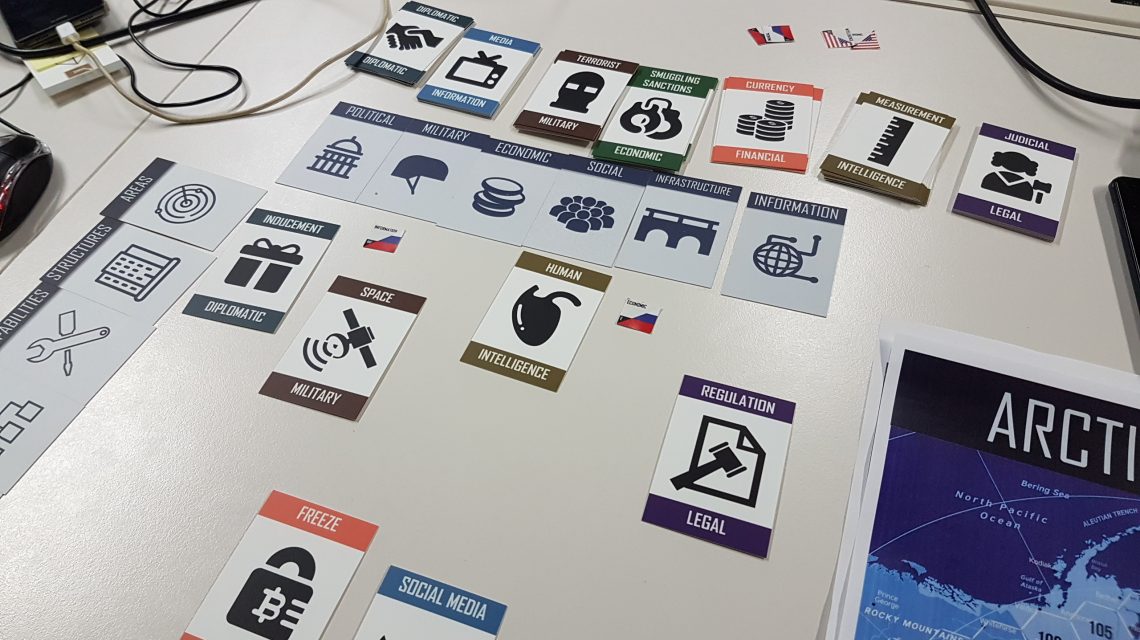Plans implemented without a rigorous challenge to the rationale and assumptions behind them run the risk of falling apart. Failure can be costly.
Considering a market entry strategy, for example, a business might make assumptions about how the incumbent will react only to find it is better prepared to fend off new entrants: the incumbent is quicker to discount and bundle its products and it exercises its influence to stall the new entrant’s distribution. Shouldn’t this reaction have been anticipated?
Now imagine using Competitive Strategy Development (CSD): the business creates two teams – one the new entrant and one the incumbent – and they challenge each other over a series of turns. No complicated and expensive market simulation is needed, just the intelligence of the opposing teams and a way to represent the market.
Maybe the exercise is about capturing the airwaves, capturing hearts and minds or capturing shelf space. Whenever battleground, CSD can be easily adapted to develop plans with better critical thinking and commercial resilience. At the end of the strategy session the teams will share their experience of competing against each other: not only the technical approaches but also the mindset, the feelings, the expectations.
It’s always about the people
Earlier this week we demonstrated our Black Swan strategy development suite (so called because of its intention to to get teams thinking about the unknowable unknowns) using a scenario based around the arctic circle and the competition for natural resources there.
The combination of old school physical cards and counters with technology serves several purposes:
- Faster to implement
- Greater immersion
- Faster review
- Detailed post-exercise decision analysis.
Placing teams in different rooms or in different parts of the world, they are unable to see the definitive moves made by their opponent and instead must experience their competitor’s tactics as they would in real life – via social media and public news media.
As the exercise unfolds, our storytelling technology generates simulated social media posts and TV reports while all the time allowing the exercise director to interject with her own “live” unscripted simu-tweets and TV reports.
As each adversary makes a move, we used our Android mobile app and NFC-encoded cards to quickly codify the decisions. Scanned cards reduce the time needed to document developments and ensure consistency and contemporaneous data (which is captured on an exercise timeline).
Conclusion
Plans developed in a vacuum usually wither and die at first breath. Far better then to have competing teams develop real implementable market strategies in an adversarial exercise. This approach will ensure more thoughtful, resilient and defendable approaches for the real world.




